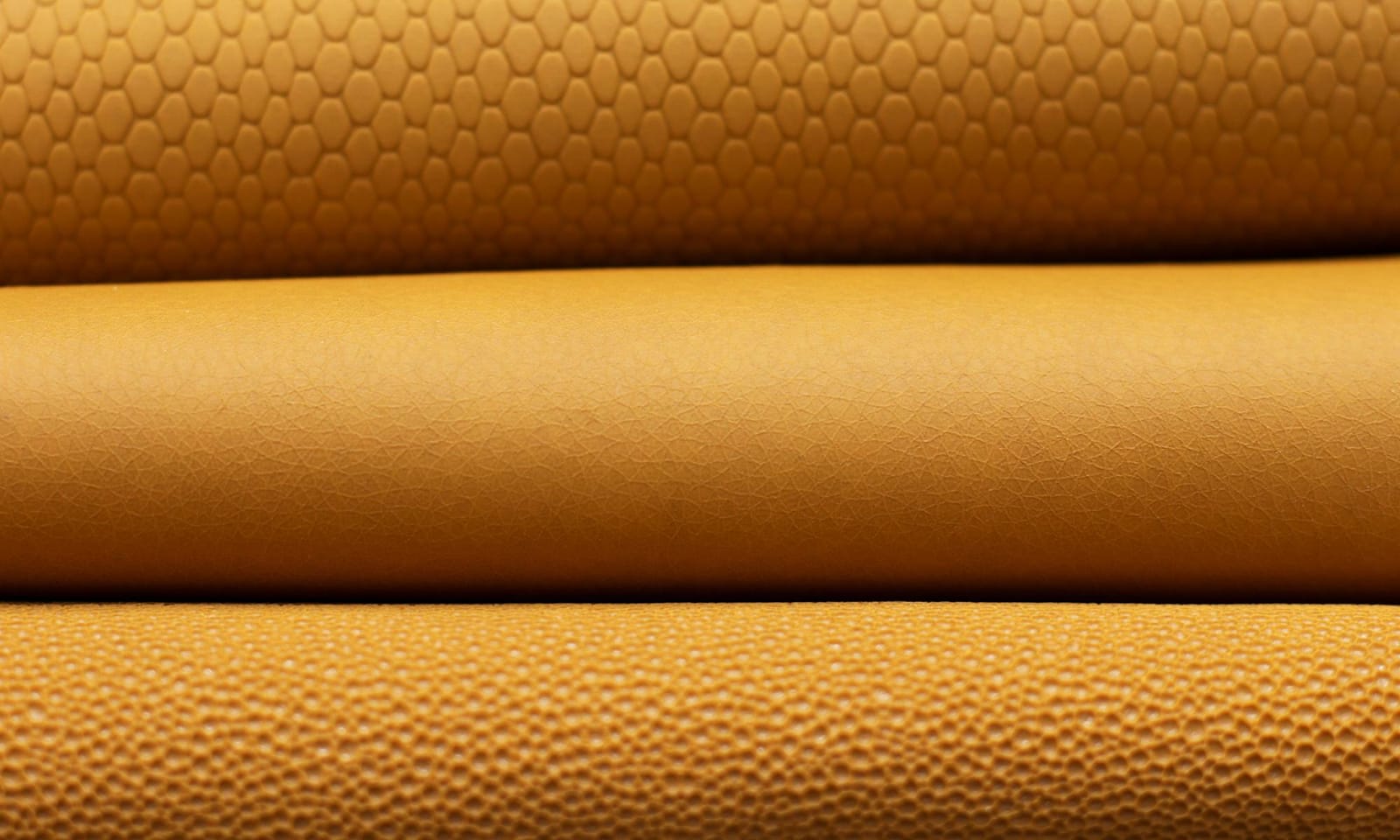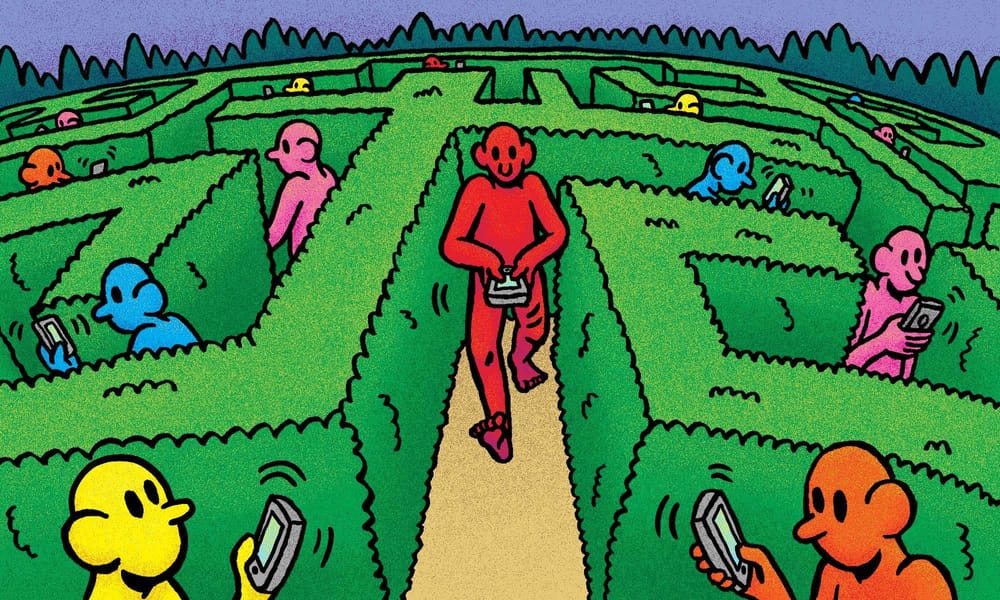Modern problems require modern solutions. The new frontier of solution-based innovation lies in the field of biotechnology. Bioinnovators: The Humans At The Forefront Of Biotech is a series of interviews with the organisations and entrepreneurs at the forefront of changing the world through biotechnology. With each interview, we hope to shine the light on conscious innovators and trailblazers across the globe who are using the natural world, combined with modern technological innovations, to find new solutions to the world’s most pressing problems.
Biotech company TômTex was founded by New York City based textile researcher and designer Uyen Tran. Growing up in Da Nang, Vietnam, Tran was deeply impacted by the overflowing textile waste landfills that polluted her home town. Later in her life, in answer to this problem, she developed a completely biodegradable and plastic-free bioleather made from coffee and seafood waste products that would have otherwise gone straight into landfills. Passionate about innovating technology and concepts through a groundbreaking material revolution, Tran’s goal is to create an eco-friendly, sustainable business model grounded in zero waste and zero pollution. We spoke to Tran about her journey, her brand and her views on the future of biomaterials.
We are interviewing you for our theme Biotech For Change, so how do you personally understand the term ‘biotechnology’?
As a designer, I believe biotechnology and biodesign are intertwined. It’s the collaboration of multiple disciplines to provide naturally enhanced solutions to climate problems. It is creating a better-suited environment for biodiversity. Biotechnology is humans using the advice nature has to offer. It is working with natural systems in order to re-integrate our human society with the rest of the planet.
How did you come up with the idea of creating biomaterials from food waste?
I grew up in Da Nang, Vietnam. It’s the epicentre of the textile waste landfills. I remember growing up wearing second-hand clothes that were discarded from Western countries. It was devastating to see my hometown contaminated by textile pollution because these garments were made from polyester and synthetic fibres, which can not be biodegraded. Years later, after I had moved to the United States, I freelanced as a fashion designer for Alexander Wang and Peter Do, then went back to graduate school at Parsons. I worked with a lot of different types of leather and synthetic fabric during my years at these fashion houses; however, it still made me think of home and also of those toxins. As I began to work on my biodesign project, I thought about other things that reminded me of home—the seafood factory near my parent’s house or the coffee ground waste that I threw away every morning. If you look at the statistics, every year, 17 million tons of seafood waste and coffee grounds end up in the world’s landfills. The way we humans deal with waste is clumsy and disorganised. Nature, on the other hand, feeds waste back into the ecosystem, regenerating new life from organic materials that people would ordinarily discard.
Can you talk about how much food waste we produce every year and the potential of utilising that waste to produce biomaterials?
Every year, over nine million tons of wasted coffee grounds end up in landfills, generating 14 tons of carbon dioxide, while the food industry generates six million to eight million tons of crab, shrimp and lobster shell waste. This seafood waste often contains a huge amount of chitin, a polysaccharide that exhibits exceptional inherent characteristics including biodegradability, antimicrobial and antioxidant activities. The world is running out of raw materials, so we want to repurpose these wastes into new, accessible biomaterials for everyday life to help people better understand the problem and contribute to making a positive impact.
As I understand, TômTex is a 100 percent bio-based material. Can you explain how you define the term bio-based and what makes TômTex materials 100 percent bio-based?
The term ‘biobased materials’ includes everything from conventional as well as non-animal “leather” that contains fruit or vegetable waste combined with synthetic polymers, through to a pure cotton fabric or indeed polyester cotton mix.
Not all bio-based materials are the same. Some of the materials claim to be bio-based materials because they use partly derived materials from natural biomass but still blend with polyurethane or PLA. Therefore, these materials won’t biodegrade in the natural environment or only degrade in industrial composting systems. There is a lot of misleading and greenwashing marketing information from companies and brands about their material. Tômtex is a 100-percent bio-based material, free of plastic: our material is fully recyclable and naturally biodegradable.
How do you source the necessary raw materials and how feasible is it to scale up production?
We work with our Chitosan supplier in the United States, Vietnam and China. The Vietnamese manufacturer collects seafood shells waste from local seafood production, seafood farms and restaurants. TômTex scales to large volumes easily by using existing manufacturing technology, helping brands meet consumer demand.
‘Vegan leather’ is now a popular alternative to animal leather. However, there are still some environmental concerns about these as many vegan leathers are made from plastic. Could you elaborate on these concerns and how TômTex is remedying them?
With animal welfare and the environment up for question with traditional leather, vegan leather is on the rise. In fact, the vegan leather industry is predicted to be worth 89 billion USD by 2025. However, just like with the leather industry, there are environmental concerns to consider with these alternatives. Unfortunately, the most common leather alternative is a petroleum-based plastic called polyvinyl chloride (PVC). PVC leathers also use backing materials, mostly made of polyester or synthetic fabrics. These materials are made with fossil fuels, can be harmful to human health and are not biodegradable. With our technology, TômTex production doesn’t require a toxic tanning process and is sustainable without backing fabric.
How have various industries (like fashion) responded to your solution? Are companies now more interested in using plant-based materials?
We are thankful that brands from different industries are continuously approaching us for potential partnerships. We are lucky to see our global community grow, supporting our mission and what we do. Aside from that, customers have become more determined than ever to make purchases from businesses that support social causes and do their part to be environmentally friendly. Sustainability has become a core component of business strategy leading to greater innovation and growth.
Finally, what does the future of biomaterials look like in your view?
Biomaterials can offer a solution to one of the world’s most polluting industries—fashion. As the fashion industry strives to become more sustainable, fashion brands are responding with products made from biomaterials. In spite of the fact that many of these biomaterials are prototypes or still in the design and research stage, and are far from being mass-produced, biomaterials are forcing the fashion industry to rethink ways to reduce the colossal carbon footprint and increase energy efficiency.







